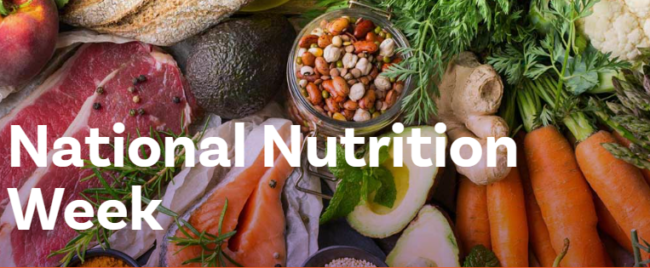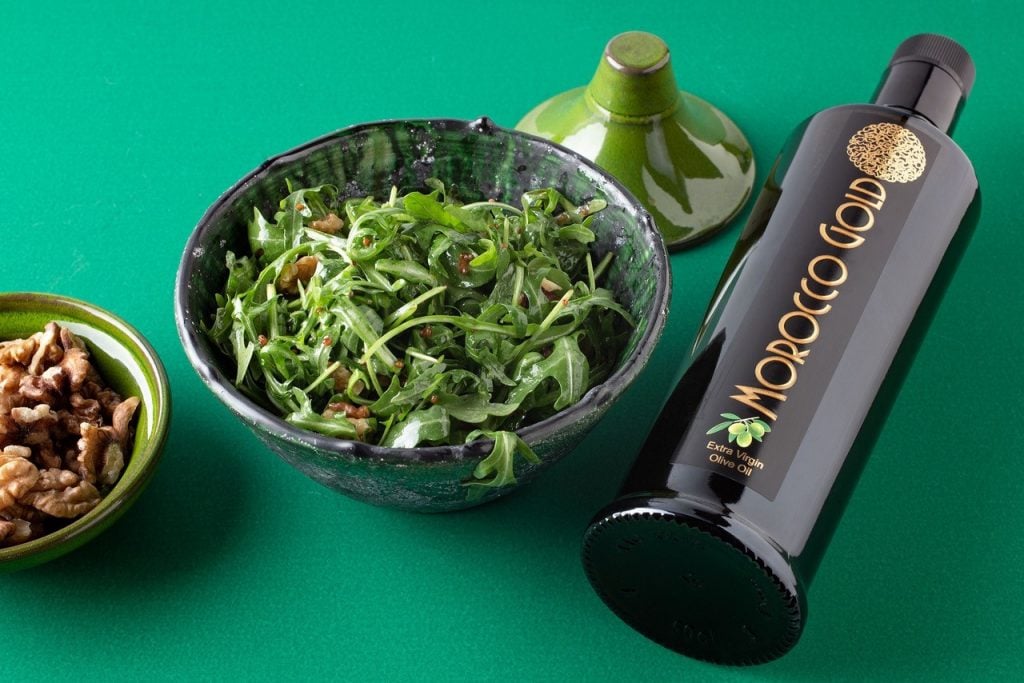Choose Extra Virgin Olive Oil With Your Five A Day

With National Nutrition Week just around the corner (15-21 October) you might be looking for ways in increase your daily vegetable intake but did you know cooking your vegetables in extra virgin olive oil has many health benefits?
Nutritional guidance to eat 5 portions of fresh fruit or vegetables every day has been around for a while but why not explore ways to make your servings taste better and more nutrient dense?
As reported by The Olive Wellness Institute this month, cooking vegetables in extra virgin olive oil, or drizzling EVOO over raw or cooked vegetables not only improves the taste, making people far more likely to eat more, but it can also help with the absorption of certain nutrients like fat soluble vitamins, glucosinolates (found in broccoli and kale) and carotenoids (found in carrots).
Commenting in The Olive Wellness Institute newsletter, Mary Flynn said:
Extra virgin olive oil makes everything taste better, especially vegetables. This is a useful health promoting strategy given that surveys consistently say that most Americans do not eat enough vegetables. There are studies showing that people will eat more vegetables when they use extra virgin olive oil to prepare them, which is probably due to the improved taste. My rule of thumb is using 1 tablespoon of extra virgin olive oil per cup of vegetables. I recommend people use at least 2 tablespoons a day and preferably 2 tablespoons at both the lunch and dinner meal, for a total of 4 tablespoons a day. This naturally leads to more vegetables being eaten.
Mary Flynn, The Olive Wellness Institute
Why Is It Vital To Choose Extra Virgin Olive Oil?

When it comes to choosing between olive oil and extra virgin olive oil, the latter stands out for its undeniable taste and health benefits. Extra virgin olive oil is made through a cold-pressed process, without any chemicals or solvents involved, which preserves the fruit’s natural flavors and reduces the acidity in the oil. Unlike regular olive oil, which often undergoes additional processing or blending with other oils, extra virgin olive oil maintains the highest quality standards.
It’s rich in antioxidants, anti-inflammatory compounds, and healthy monounsaturated fats, which have been associated with numerous health benefits, such as reducing the risk of heart disease and lowering cholesterol levels. In short, the unique taste and added health benefits of extra virgin olive oil make it the preferred choice for discerning foodies and health-conscious people alike.
In her Olive Oil Institute report, Mary Flynn goes on to explain:
The health benefits are only found in extra virgin olive oil so it is important that you use extra virgin. Only extra virgin olive oil naturally contains compounds called phenols that act as antioxidants and have been shown to have other health promoting properties. Adding extra virgin olive oil to your vegetables will also improve the health promotion of the vegetables. The dark color in vegetables is due to their carotenoid content. Higher blood levels of carotenoids have been related to a lower risk of some cancers, which is why health organizations often recommend dark vegetables. However, studies have shown that carotenoids need to have dietary fat present when the carotenoid containing food is consumed for the carotenoid to be absorbed and other studies show cooking vegetables into fat leads to higher blood levels of carotenoids compared to just adding fat to them. As extra virgin olive oil is the healthiest oil and there is a large science literature showing it to be a healthy fat, using extra virgin olive oil to cook your vegetables will give you the health benefits from the oil and allow you to absorb the cancer fighting components in the vegetables. In addition, the more extra virgin olive oil you use to cook your vegetables, the healthier the vegetables will be as the phenols in the extra virgin olive oil will be absorbed into the vegetables as they cook.
Mary Flynn, The Olive Wellness Institute
For full details of Mary Flynn’s article please see here.
How To Make Plant-Based Recipe Ideas With Extra Virgin Olive Oil
Plant-based recipes that include extra virgin olive oil can be easily prepared in advance and in bulk. The recipe “template” per serving is:
- 2 tablespoons extra virgin olive oil
- 2 cups of vegetables
- 2 to 3 ounces of starch, which is complex carbohydrates and is the food group that contains all grain products (breads, pasta, rice, quinoa, barley, etc, potatoes, and legumes)
The amount of starch you would use depends on your overall calories for the day. As a general rule, smaller people (women) need around 1500 calories for a day, so that would mean a lunch that is approximately 500 calories. At this calorie level, you would use 2 ounces of starch,(for example, 2 slices of bread, 2 ounces dry weight of a grain, o6 ounces of potato, or ½ to 1 cup of cooked legumes) which would be 150- 200 calories from the starch. For larger people with a higher daily calorie intake, lunch would be 600-700 calories and 3 to 4 ounces of starch (for example, 3 to 4 slices of bread, 3 to 4 ounces dry weight of a grain, or 9 to 12 ounces of potato, or 1 ½ to 2 cups of cooked legumes).
For further information on how to make the best use of the extra virgin olive oil on a plant based diet, check out our fabulous recipe pages here.
